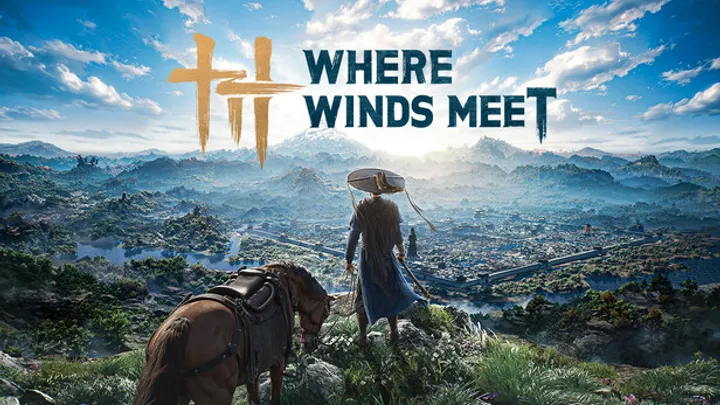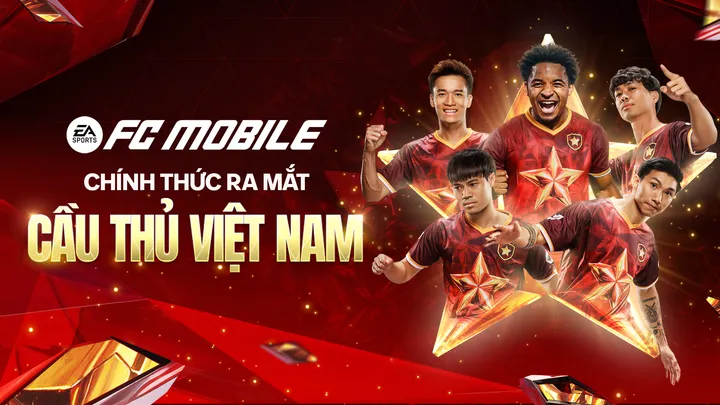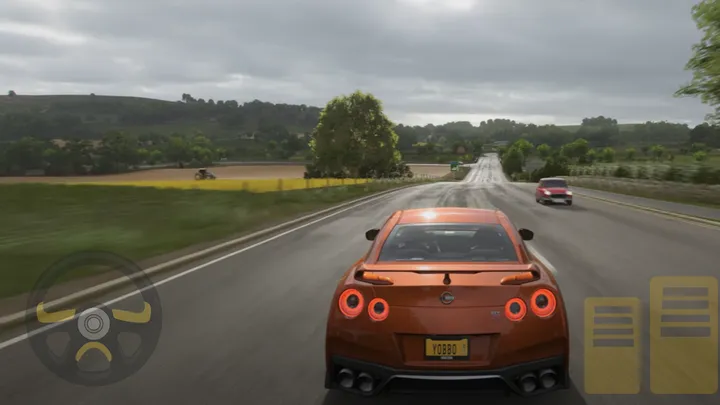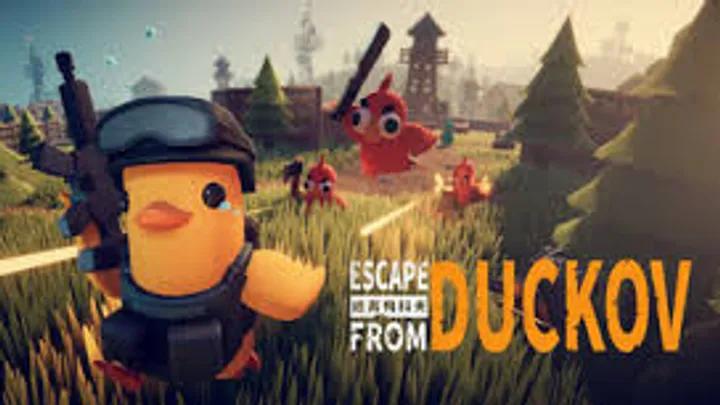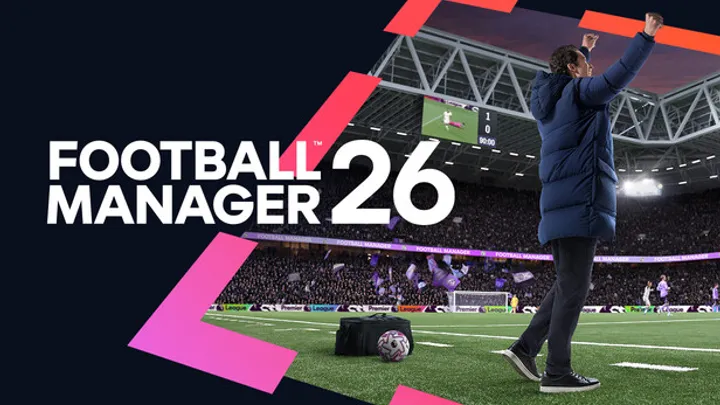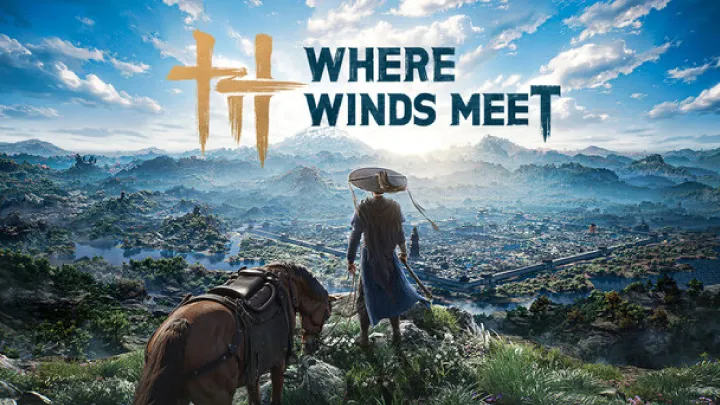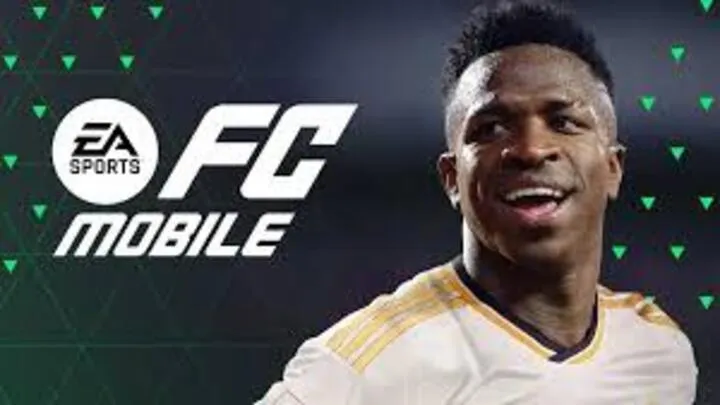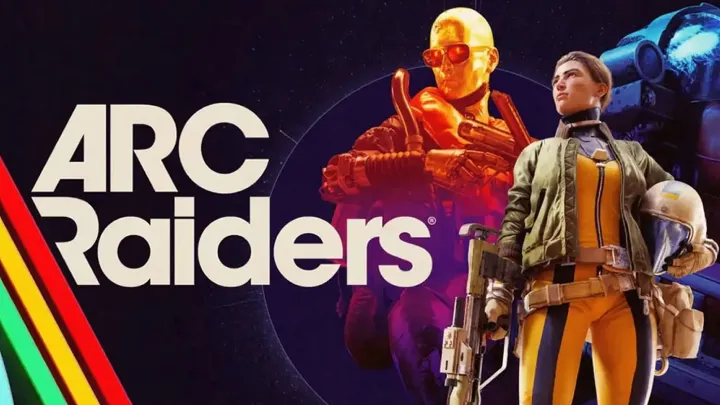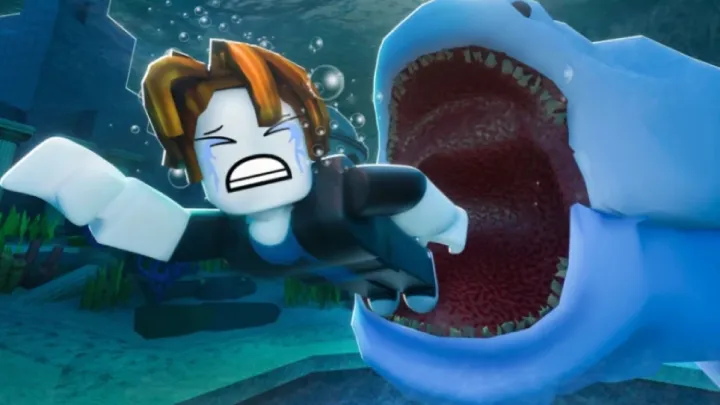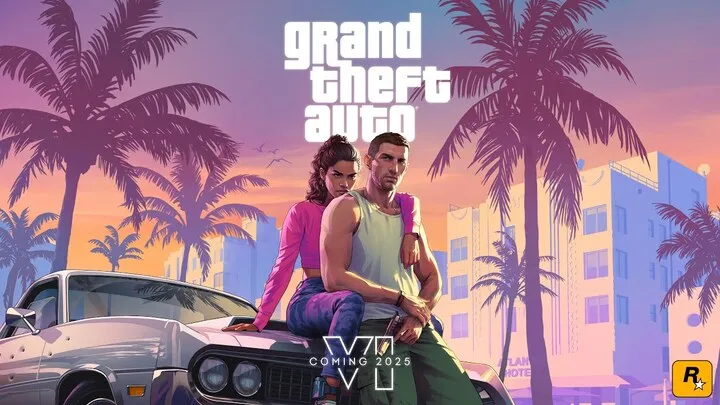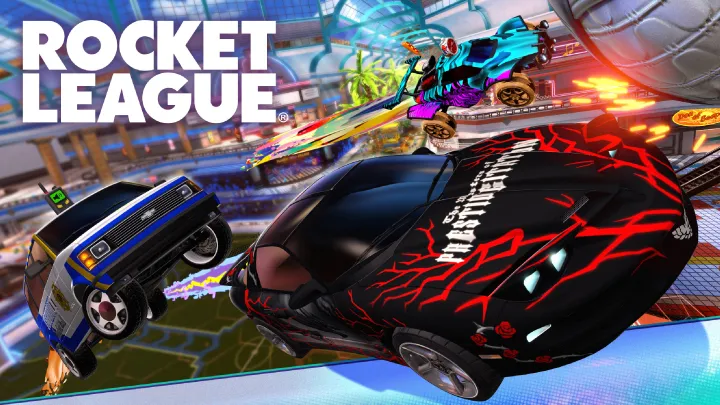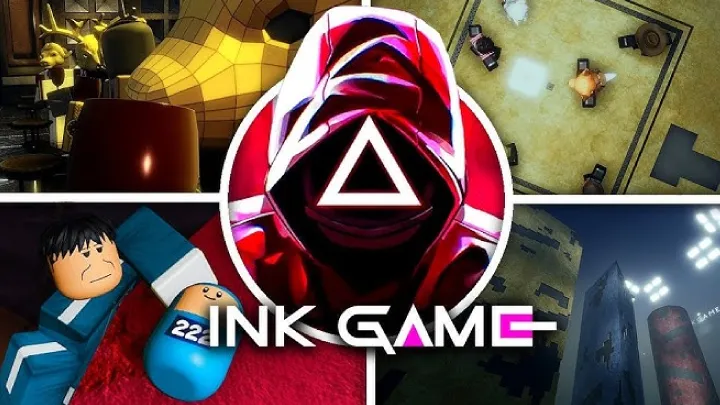Mobile gaming has evolved from isolated entertainment into a social ecosystem that thrives on cooperation, coordination, and collective success. In an era where communication is often filtered through screens, teamwork-driven games bring a sense of connection and purpose. They challenge players to think together, adapt to each other’s strengths, and pursue shared objectives.
The following five mobile games stand out not just for their gameplay but for how they shape communication patterns, strengthen trust, and teach the art of teamwork. Each one presents unique mechanics that turn individual players into collaborative units working toward victory.
1. Mobile Legends: Bang Bang – The Foundation of Team Synergy
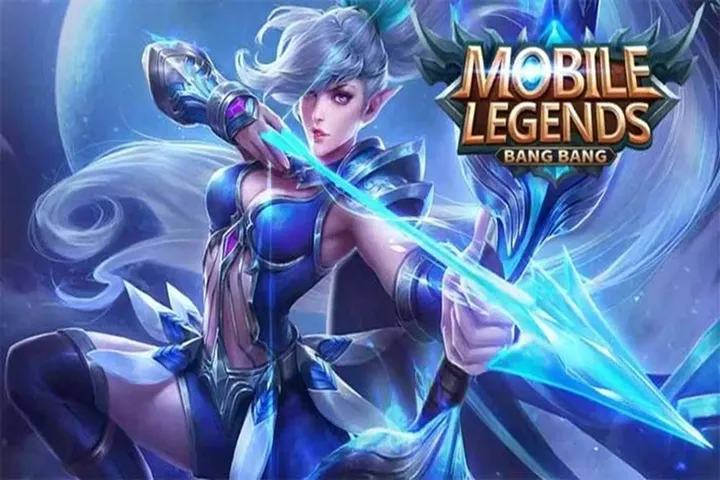
1.1 The Classic MOBA Structure
Mobile Legends: Bang Bang (MLBB) remains a timeless example of how strategic cooperation defines victory. Each 5v5 match is a living test of group coordination, where every player’s choice of hero, position, and timing influences the entire team’s fate.
1.2 Role Distribution and Balance
Players must embrace distinct roles — Tank, Marksman, Mage, Support, or Assassin — and coordinate these functions to maintain balance. A team lacking synergy in composition often collapses, proving that no single player can win alone.
1.3 Key Lessons in Team Dynamics
- Communication: Quick, non-verbal signals via pings or chat form the language of success.
- Adaptation: Adjusting to teammates’ playstyles leads to flexibility.
- Trust: Reliance on others’ cooldowns, positioning, and defense teaches faith in collective play.
2. PUBG Mobile – Tactical Unity in High-Stakes Combat
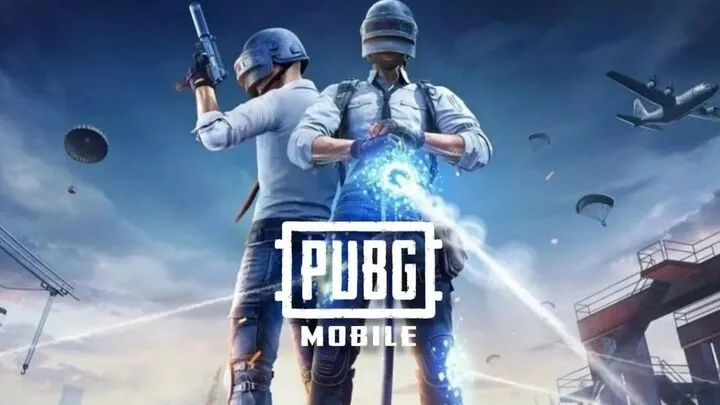
2.1 More Than a Battle Royale
At first glance, PUBG Mobile seems like a simple survival shooter. But beneath its fast-paced exterior lies a deeply cooperative framework. Squads must communicate constantly — deciding landing zones, sharing loot, and executing ambushes with synchronized timing.
2.2 Division of Duties
Each team often divides responsibilities:
- Scout: Identifies threats and terrain routes.
- Sniper: Secures distant kills.
- Support: Manages supplies and cover fire.
- Leader: Makes split-second decisions that guide the squad’s flow.
2.3 Learning Trust Under Pressure
In PUBG, communication clarity determines life or death. Players who hesitate to share intel or disregard the team’s plan risk instant elimination. It is a harsh but effective training ground for group decision-making under stress.
3. Among Us – The Social Intelligence Laboratory
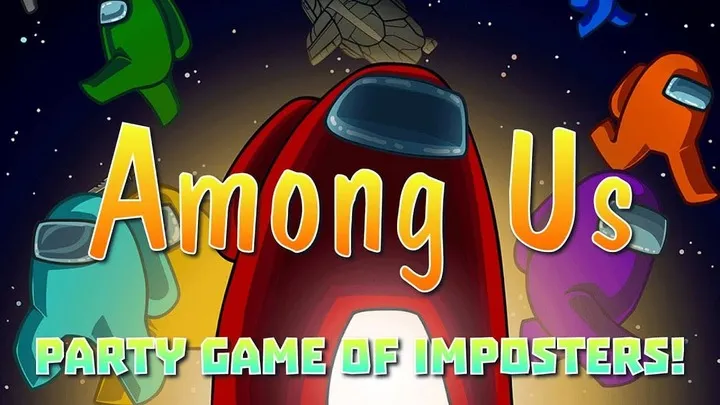
3.1 Psychological Collaboration
Among Us redefines teamwork by embedding cooperation into deception. Crewmates must complete objectives while identifying impostors — requiring both trust and suspicion. It is a paradoxical teamwork exercise wrapped in psychological strategy.
3.2 Emotional Coordination and Social Reading
Unlike other games, success depends not on combat or mechanics, but on emotional intelligence. Players learn to:
- Read tone and behavior.
- Build alliances temporarily.
- Recognize patterns of deception.
3.3 The Hidden Curriculum of Team Empathy
Among Us teaches empathy through social deduction. Collaborating requires understanding personalities and adjusting communication accordingly. It’s teamwork born not from mechanical mastery but from shared perception and intuition.
4. Brawl Stars – Micro-Cooperation in Chaos
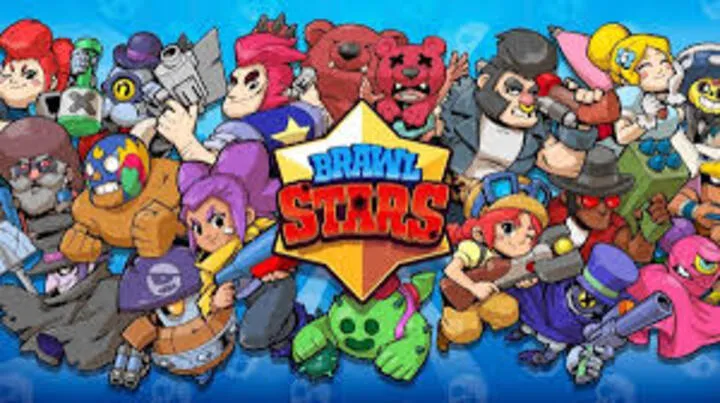
4.1 Fast-Paced Team Interplay
Brawl Stars condenses teamwork into quick, action-packed battles. Its 3v3 format demands constant micro-coordination — from controlling zones to timing super abilities.
4.2 Role Specialization in Motion
Each brawler has distinct strengths that blend differently depending on the team composition. For example:
- Tanks absorb damage and zone enemies.
- Damage Dealers control aggression.
- Support/Healers sustain team balance.
4.3 The Art of Real-Time Awareness
Victory requires spatial awareness, timing synchronization, and predictive collaboration. In a 90-second match, there’s no time for hierarchy — only flow and mutual intuition.
5. Call of Duty: Mobile – Tactical Unity and Command Structures
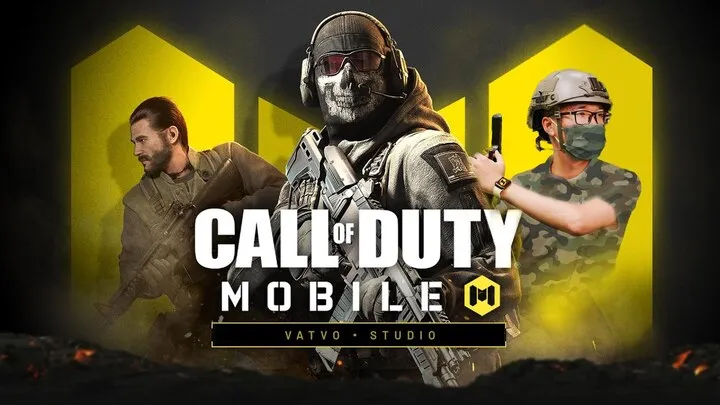
5.1 Coordinated Warfare
Call of Duty: Mobile blends military tactics with precise teamwork. Whether in Domination, Search and Destroy, or Battle Royale mode, group cohesion dictates survival and success.
5.2 Strategic Role Assignments
Teams often evolve into organized squads with defined roles:
- Leader (Shot Caller): Orchestrates movements.
- Entry Fragger: Initiates engagements.
- Support: Manages utilities like smoke grenades.
- Anchor: Secures strategic zones.
5.3 Developing Strategic Discipline
Call of Duty demands both communication and discipline. Teams that coordinate reloads, map rotations, and utility usage often outperform individually skilled but disorganized opponents. It’s teamwork through structured execution.
Conclusion: Teamwork as the Heartbeat of Modern Gaming
The top five games — Mobile Legends, PUBG Mobile, Among Us, Brawl Stars, and Call of Duty: Mobile — reveal how teamwork shapes not only victory but human connection. Each transforms cooperation into an art form, teaching communication, leadership, and empathy in dynamic ways.
Through laughter, conflict, and shared triumphs, mobile games become laboratories for social growth. The next evolution of teamwork won’t just happen in classrooms or offices — it will continue to thrive in the palms of players around the world.
